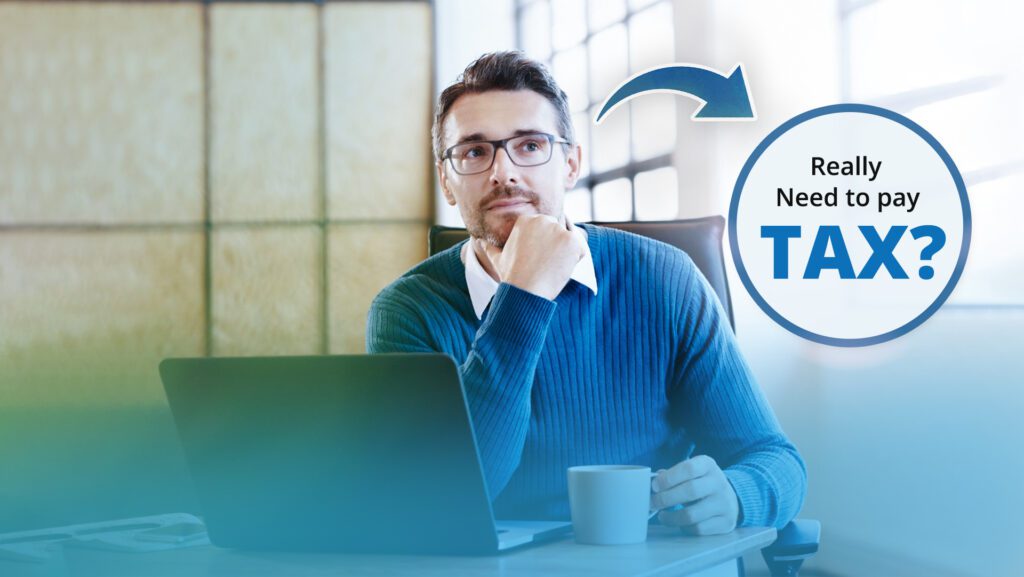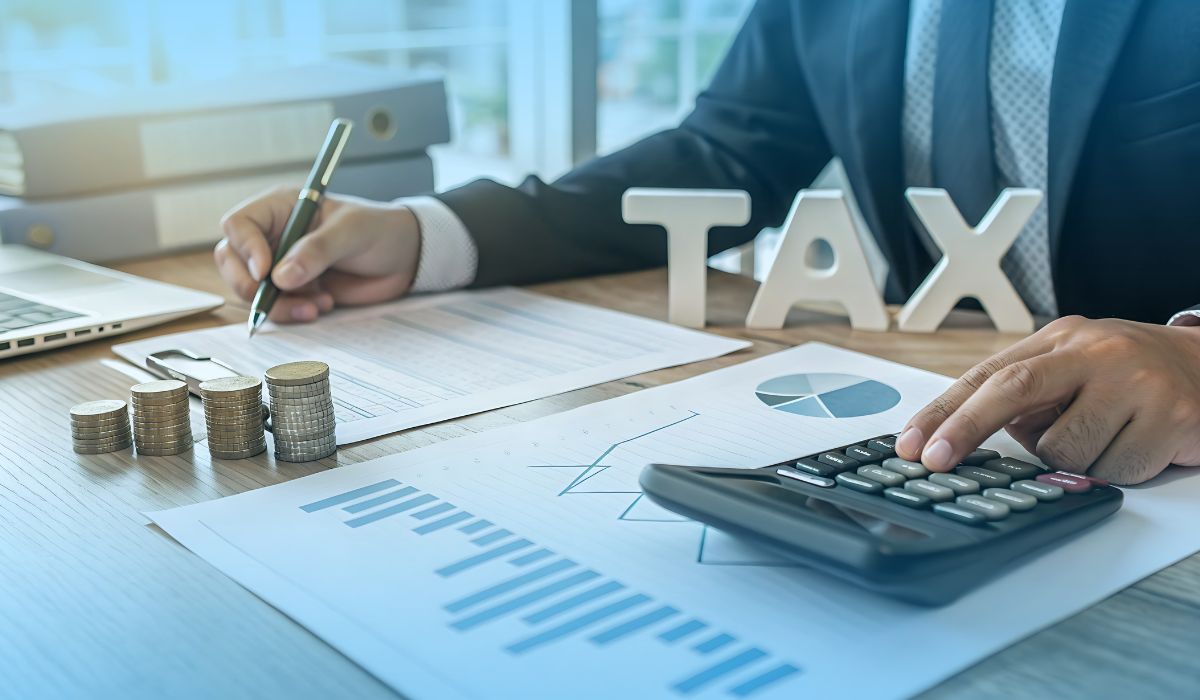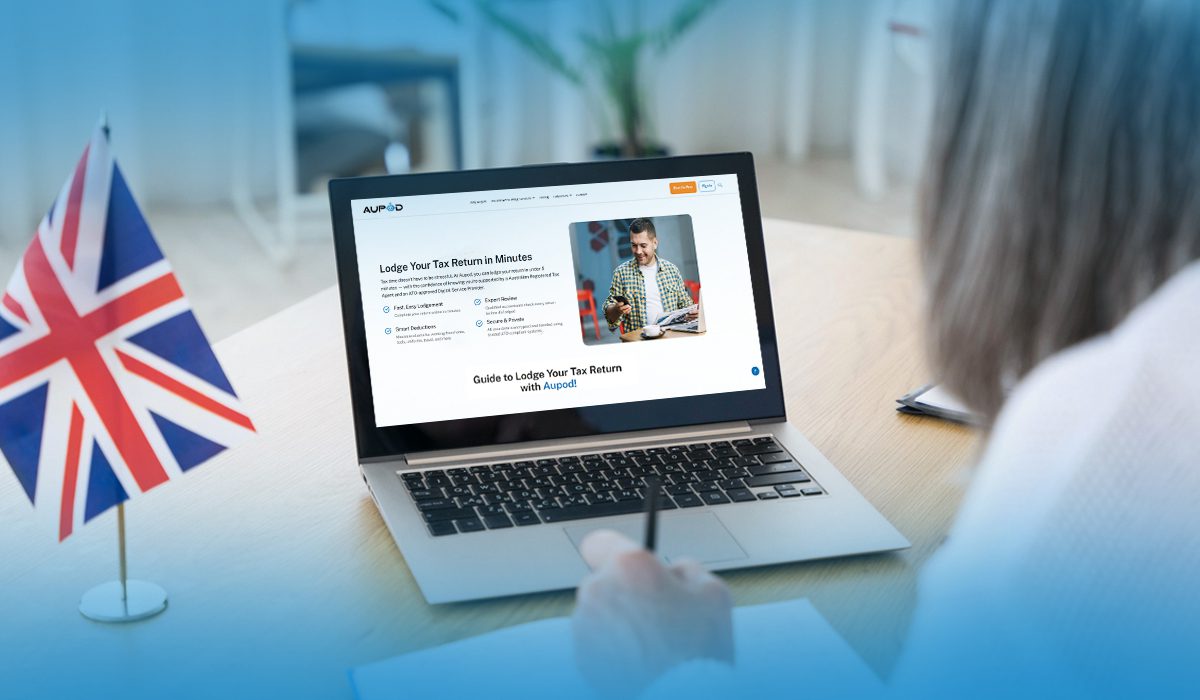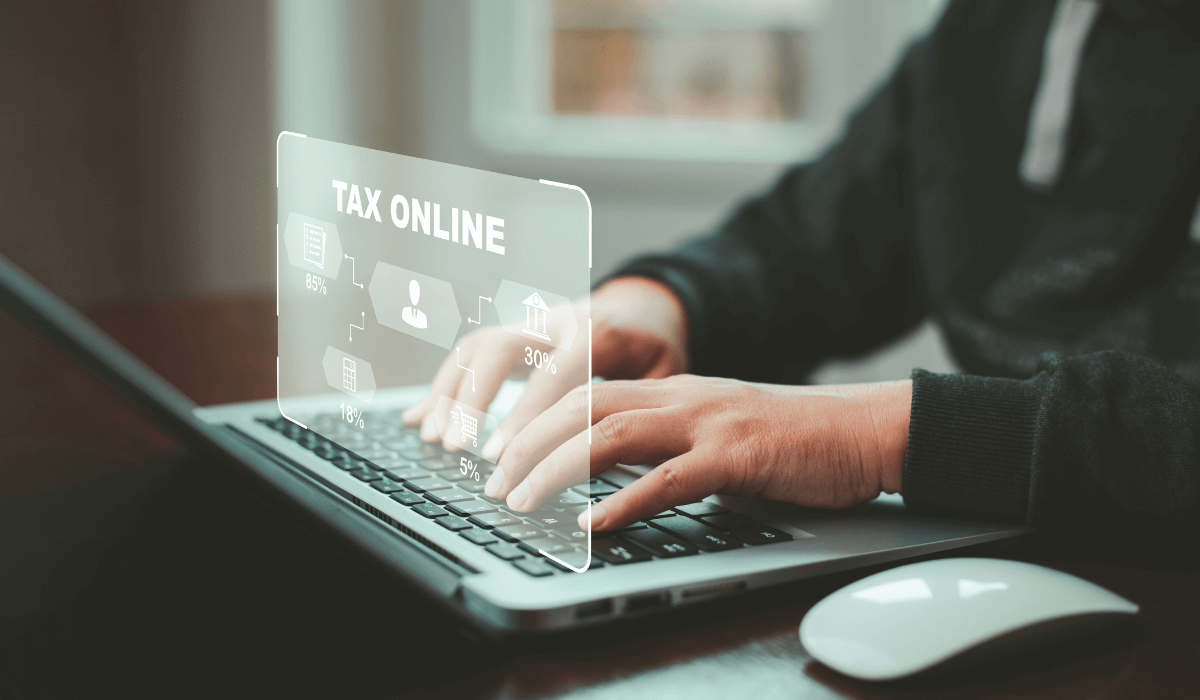COVID and rising inflation have pushed many people to take on a side hustle alongside their main job. Freelancing in Australia is growing fast, and freelance income in Australia is treated as business income; the tax varies depending on the income.
There are 4.2 million freelancers in Australia, and 47% under the age of 40 years. Many freelancers miss out on tax deductions simply because they don’t know what they can claim. Others claim incorrectly and face ATO issues.
And yes, freelancers need to pay tax! Freelancers are considered self-employed and must pay tax on their income. The ATO treats freelance earnings as business income. Depending on how much you earn, your tax rate can go up to 45%.
What are Freelancers’ Tax Obligations?
Key obligations include:
- ABN (Australian Business Number) – Required to invoice clients. Without one, businesses may withhold 46.5% of your payments.
- GST (Goods and Services Tax) – Must register if your annual income exceeds $75,000.
- PAYG instalments – If your profit is over $4,000, the ATO may require quarterly tax instalments.
The ATO’s 3 Golden Rules for Freelancer Deductions
Before claiming anything, check these three rules. Your expense must:
- Be paid by you and not reimbursed.
- It is directly related to earning income.
- Have a record (receipt, invoice, or logbook).
If an expense meets these conditions, you can usually claim it.
Top Freelancer Tax Deductions
Here are the most common deductions freelancers in Australia can claim:
Home Office Expenses
You can claim part of the rent or mortgage if you operate your business from home. You can also claim some part of the running expenses (electricity, internet, and office supplies). Instead of claiming deductions on every bill and expense separately, you can also use the fixed rate method. Claim 70 cents for every hour you work as a side hustler. So, if you work 100 hours, you can claim $100 without worrying about splitting the bill
Equipment and Tools
If you buy something for work that costs less than $300, you can tell the ATO, “I spent this,” and get the full amount back as a tax deduction. If it costs more than $300, you don’t get it all back at once. Instead, you claim little bits of its cost each year because the item is meant to last a long time. This is called depreciation. For the fix or repair work stuff (like a laptop or tools), costs can also be claimed.
Protective Clothing and Safety Gear
Freelancers and side hustlers can also claim a deduction on the protective clothing and gear (gloves, goggles, boots, aprons, hi-vis vests, sunglasses, sunscreen). The freelancer designer tax deductions should not include any claim for items not used for work purposes.
Travel and Vehicle Expenses
As a side hustler, if your job requires you to drive to the client locations, you can claim it as a travel expense. If you travel for work, you can also claim the cost of flights, taxis, and hotels. If you drive somewhere for work, you can also claim parking fees and tolls. But you cannot claim the cost of just going from home to your normal workplace every day.
Phone and Internet
You can claim the part of your phone and internet bill that you use for work. For example, if 60% of your calls are for work, you can claim 60% of your phone costs.
Software and Subscriptions
You can claim the cost of software and subscription tools (Adobe, Canva, Figma, or Zoom). But you can only claim the part that you use for work.
Self-Education and Training
You can claim courses and workshops that help improve the skills you already use for your freelance work. But you cannot claim a course if it is for starting a completely new career.
Superannuation Contributions
If you add money to your super fund, it is tax-deductible. This is also a smart move for your long-term financial planning.
What You Cannot Claim as a Freelancer
There are clear views of ATO about the freelancer tax deductions claim you cannot claim, including;
- Regular meals and coffee.
- Personal clothing and grooming.
- Glasses or contact lenses.
- Entertainment and client lunches.
- Childcare costs.
Freelancer Tax Tips
As a freelancer, it’s smart to keep your business money separate from your personal money by using a different bank account. Always save around 25–30% of your income so you’re ready to pay your tax bill. Remember, no receipt means no claim, so keep all your receipts safe. Using accounting software can make things like BAS, GST, and invoices much easier to handle. And if you want to get the best refund and avoid mistakes, it’s a good idea to get help from a registered tax agent.
Common Freelancer Tax Mistakes
These are some of the mistakes in the tax deductions for freelancers in Australia that they should look out for.
- Forgetting to register for an ABN.
- Not setting aside money for taxes.
- Claiming personal expenses as business.
- Missing GST registration when income exceeds $75,000.
- Not keeping records for 5 years.
Final Word
Freelancer tax doesn’t have to be stressful. By understanding what you can and can’t claim, keeping proper records, and planning, you can save money and stay ATO-compliant.
At Aupod, our registered tax agents specialise in freelancers and gig workers. We help you;
- Claim every eligible deduction
- Avoid ATO headaches
- Maximise your tax refund
FAQs
1. Do part-time freelancers need to pay tax?
Yes! Part time freelancers need to pay tax if you earn more than $4,000 then you must declare your freelance income.
2. Can freelancers claim home office rent?
Yes, but only if you have a dedicated workspace used exclusively for business.
3. What if I don’t have receipts?
You can claim up to $300 in deductions without receipts, but they must still be legitimate.



